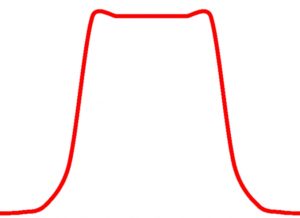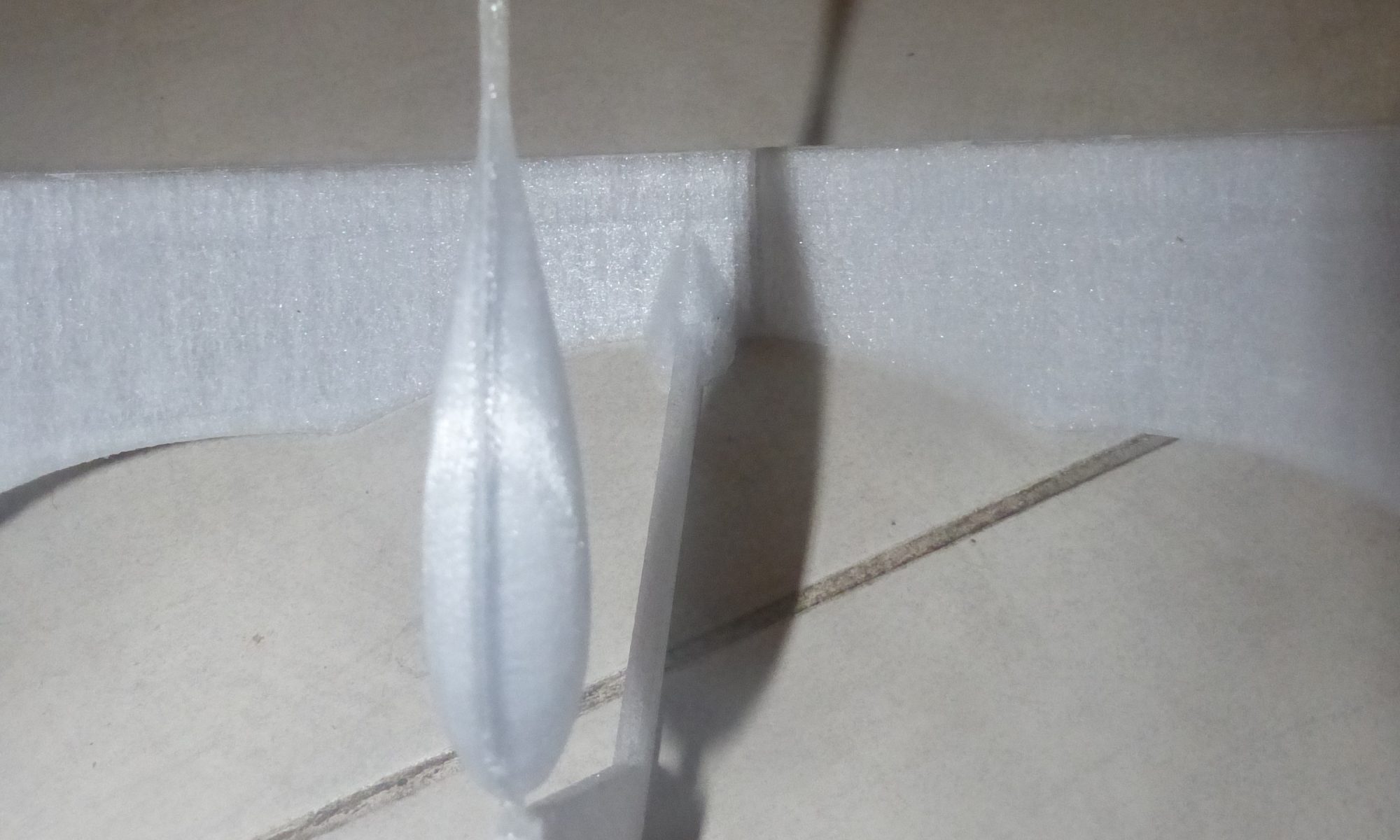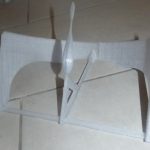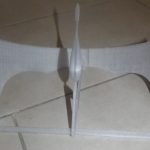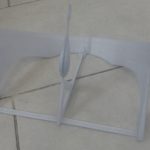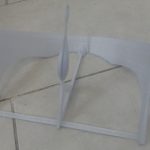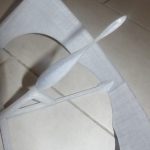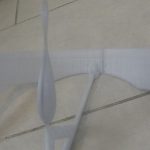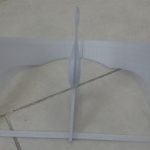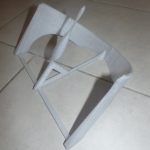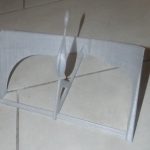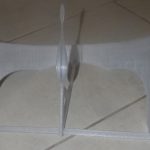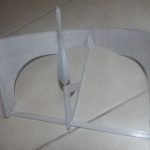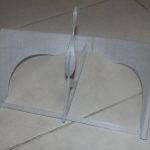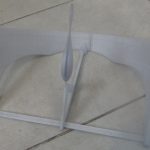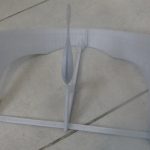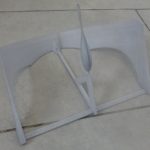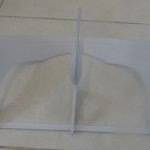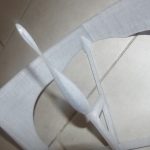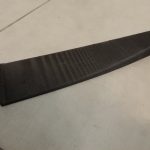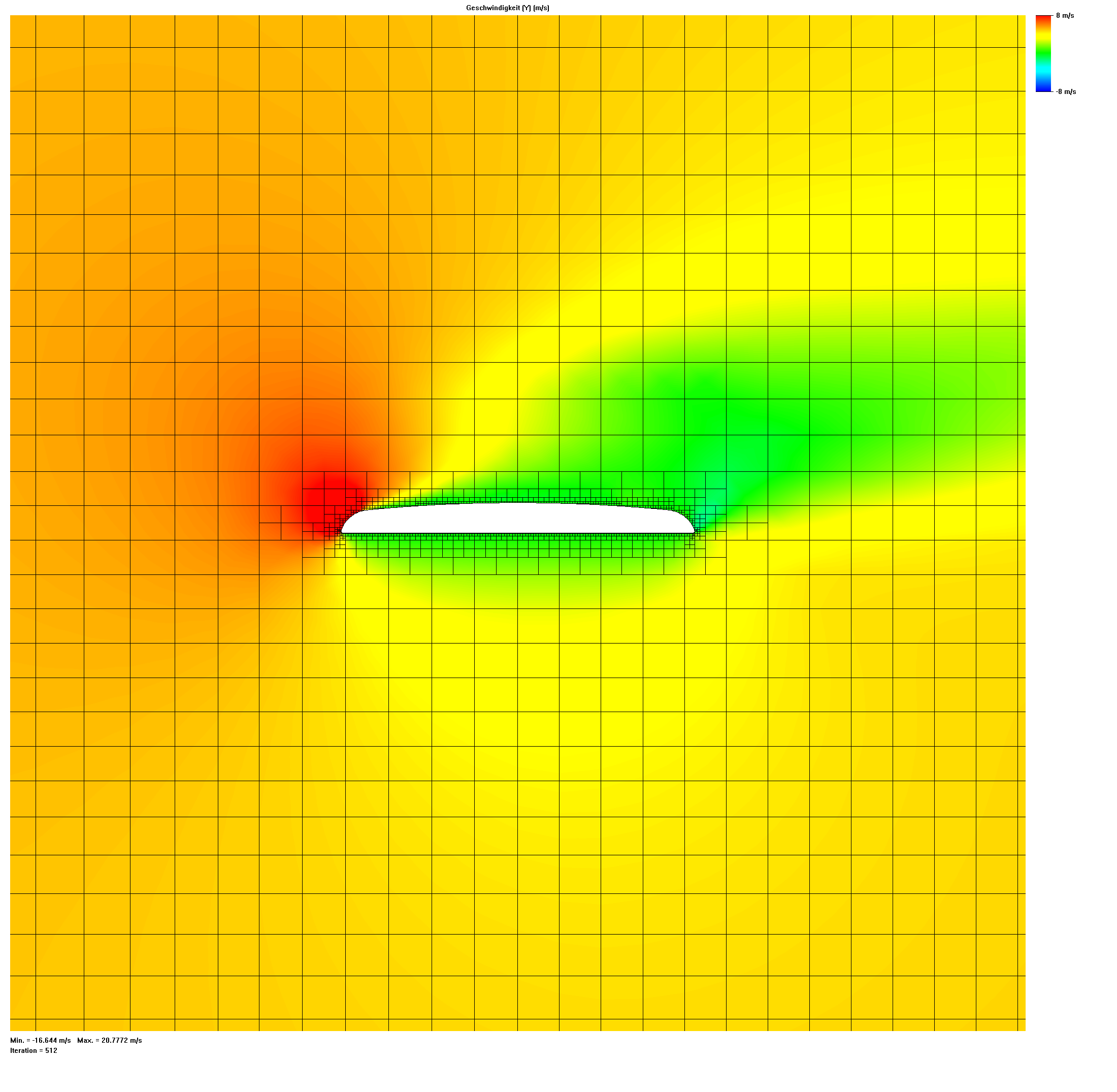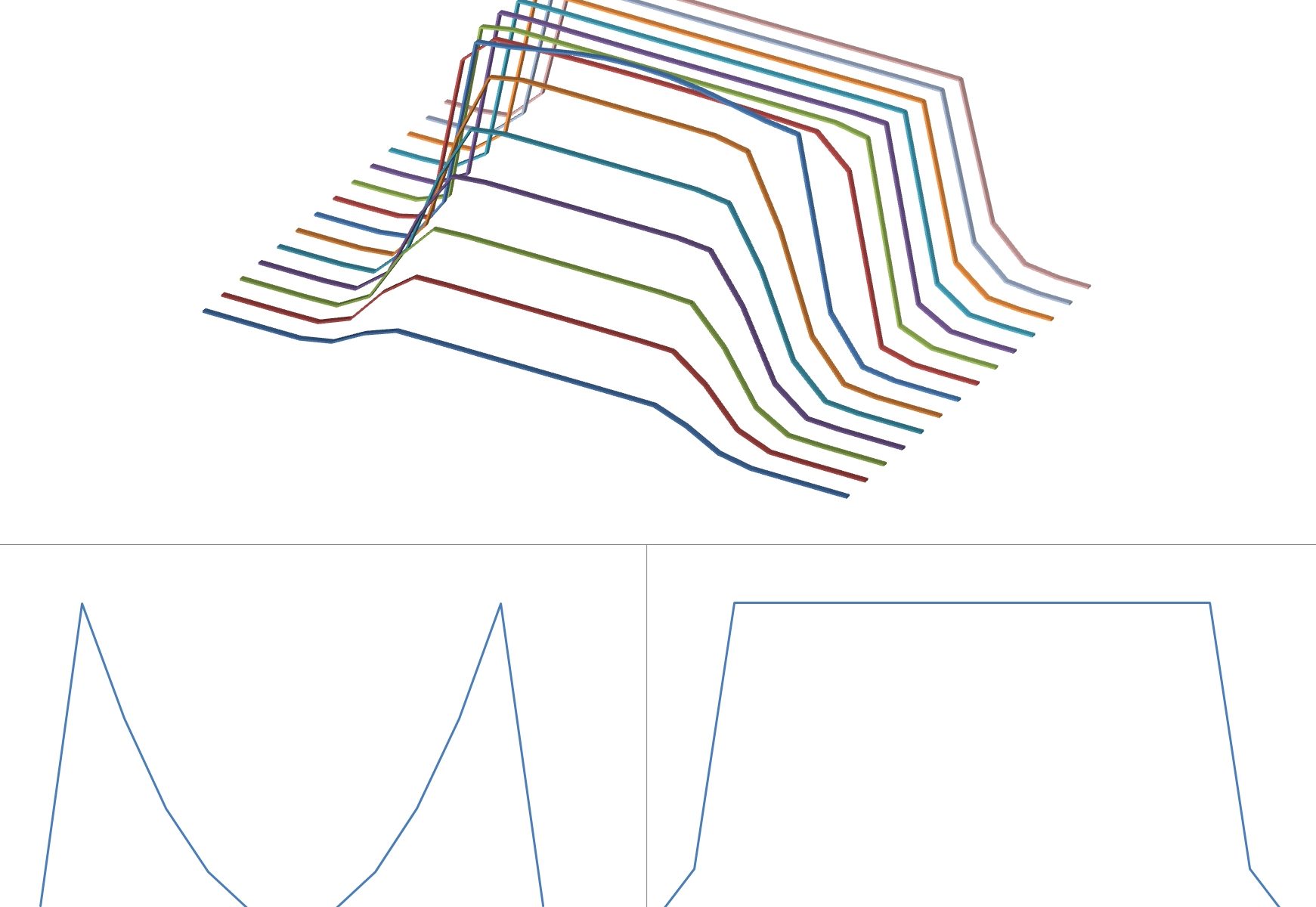The analemma sundial can now be purchased as a downloadable 3d-model to print and assemble yourself on Turbosquid where we now have a profile for sharing any design jobs we are allowed to
Analemma Sundial Now For Sale
This was a project for a customer who brought in the idea of making a sundial with an analemma shaped gnomon to increase precision – we designed the sundial from there and printed a few pieces and they have explicitely allowed us to offer the same sundial for sale to anyone else.
Basically the idea goes as following: Due to the earths slightly eccentric orbit as wll as it’s axial tilt the sun actually does not always appear at the same appearent position in the sky at the same time, making sundials somewhat unprecise – by using the shape of that 2 dimensional appearent movement and turning that into the shape of the gnommon or pointer of the sundial however you can correct that error and make a sundial that can be read with 1-2 minutes of precision. The edge of the pointers shadow in this case counts as the time on the scale, the left edge or the right edge depending on wether it’s the first or second half of the year.
Wikipedia on the basics of sun motion
The shape of the analemma has to be trigonometrically corrected to actually work, after doing the calculations we designed this version of the sundial – keep in mind that this is custom designed for any geogrpaphic location so if you order one we need to know your location so we can change the design accordingly – you can send us a message or e-mail with the order or we can just use your shipping address
You can order one under Order Example Objects or the German version ‚Beispielobjekte bestellen‘ depending on your location
Analemma Sundial Prototype
The first large batch of sundials is printed and assembled and now shipping to the original customer, we will now also offer the sundial to other customers
Ornithopter Drone Mechanism Design
Sundial Rendering
SmartMelter Watercooling Simulation
Ornithopter Wing
First 3D-Printed test as well as aerodynamics simulation of an ornithopter wing optimized for 3D-printing – if sucessful we might just sell the kit as a product or even as a ready to fly model
notice that his is in development, the simulation is already a newer version then the print test – but it does give a good idea of how strong they are, printed in carbon fiber PETG
Customer Project – Analemma Sundial
More Numerical Heatcurve Images
Heatcurve Sneekpeek
Not telling too much but here’s a high discretization numeric heatcurve along a linear SmartMelter weld – currently used to analyse the numerical process, estimate it’s error and find out how much discretization is acceptable and how much computing power exactly is needed – keep in mind this is not the high end type of simulation used for development itself but rather an emulation of the same type of simulation that will run in realtime to evaluate measurements and do live corrections – so it has to be extremely computing-power friendly – one second of simulation needs to run reliably within less then one second of real time with enough time to actually iterate and evaluate so in reality one second of simulation has to run within 1/10 of a second of real time.
